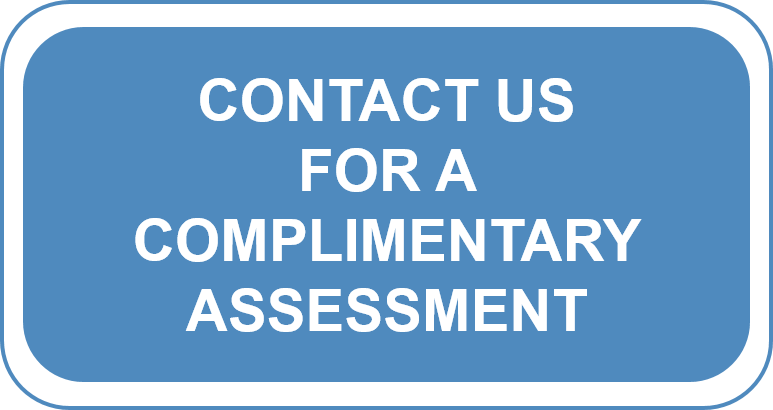
The proposed changes in accounting for leases have been on the horizon for some time. Several delays in implementation have afforded more preparation time, and as the changes are far-reaching, preparation will be key. In 2021, companies will also need to ensure they are correctly following guidance related to cloud computing costs, an area of heightened relevance in the current climate where working from home has come to the fore.
Leases
The Financial Accounting Standards Board (FASB) issued Accounting Standards Update (ASU) 2016-02, Leases, in February 2016, and it has since been amended by subsequent ASUs (commonly referred to as Topic 842). The original impetus for the Leases ASU was to provide financial statement users with more information about the actual costs of property and equipment used in a reporting entity’s operations and, specifically, clarity on how the entity funds those costs. It aims to improve transparency by requiring recognition of lease assets and lease liabilities on the balance sheet, except for leases with terms of twelve months or less.
Leasing is an important way for many entities to access use of property and equipment, and it is often a more simplified means of doing so compared to outright ownership. Benefits may include easier disposal of used property and more frequent access to updated equipment. Consequently, this ASU will impact many companies.
First and foremost, companies will need to assess whether or not their property use constitutes leasing as defined by the ASU. ASC 842 defines a lease as “a contract, or part of a contract, that conveys the right to control the use of identified property, plant, or equipment (an identified asset) for a period of time in exchange for consideration. A period of time may be described in terms of the amount of use of an identified asset (for example, the number of production units that an item of equipment will be used to produce).”
Based on the above, when assessing the impact of the ASU, identify the right of use for an asset, which may not necessarily be as simple as obtaining a lease agreement. For example, the right to use could be embedded in a service contract, and this could constitute a leasing arrangement. The time period should also be carefully considered. What if there is an indefinite use period? In such cases, the company’s ability to terminate the arrangement may be an important consideration.
There are many nuances within the leases standard that will require careful analysis to ensure correct implementation. Fortunately, ASU 2020-05 has deferred the standard’s effective date for private entities to fiscal years beginning after December 15, 2021 (early adoption is permitted), thereby allowing companies additional time to determine the potential impact on their financial statements.
Cloud Computing
ASU 2018-15 addresses guidance for reporting entities related to accounting for fees paid by a customer in a cloud computing arrangement (CCA) involving software licenses. The update is effective for private entities with annual reporting periods beginning after December 15, 2020. In the midst of the ongoing COVID-19 pandemic, this guidance is perhaps of even more relevance than before. The shift to remote work has forced many companies to invest in software – especially cloud-based platforms – to keep their businesses running.
The guidelines within this standard help ensure expenditures on CCAs are properly expensed or capitalized. An important first step is identifying whether the CCA has a license component or not. This determines how amortization expense is treated. For CCAs that are strictly service contracts, the customer typically won’t have a contractual right to own the software or to run the software using its own hardware without the vendor. In this case, the amortization expense is not a component of intangible assets but, instead, is included in the same income statement line item as the CCA expense. The significance of this is that the amortization may affect earnings before interest, taxes, depreciation, and amortization (EBITDA) for the entire term of the CCA since, without a license component, the fees are not amortized through amortization of intangible assets. Clear understanding of the CCA is necessary to avoid financial statement misstatement, particularly in the climate of increased investment in remote working options.
We encourage you to give consideration to these accounting pronouncements now, as doing so will allow you to have a better understanding of their financial statement impact.
Gathering and organizing data to comply with these new standards can be time-consuming, especially if the original documents aren't centrally located. Performing the numerous calculations involved and ensuring the results are accurate is just as challenging. Applying the new rules requires careful planning and the right tools, and using a manual, spreadsheet-based approach has many limitations. Contact us for a complimentary assessment to help determine whether your systems are up to par with the new pronouncements and to learn alternative approaches that may be available.
Vinita E. Weir can be reached at Email or 215.441.4600.
You may also like:

